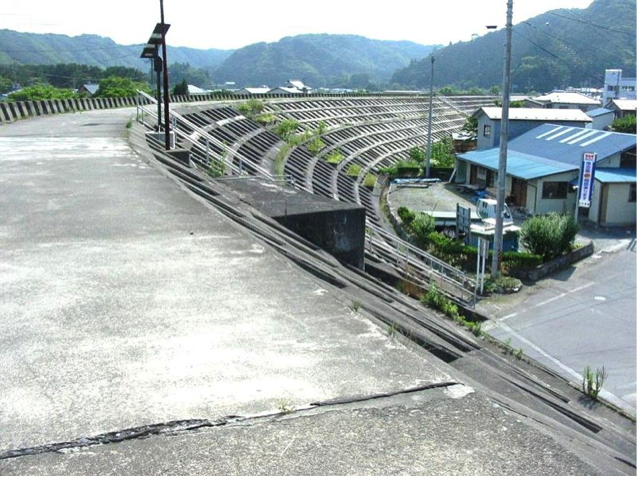Structural Mitigation
Constructing levees and seawalls is probably the most obvious mitigation measure to protect a community against disaster. Seawalls can be very effective in physically impeding the progress of a tsunami and are common in tsunami-prone parts of the world, such as Japan. However, as the case of the Fukushima Daiichi disaster, which we covered in Module 11) demonstrates, cost considerations or inaccurate estimates of potential tsunami heights may result in seawalls of insufficient height to serve their intended purpose. Additionally, structures like levees require maintenance, and it was a lack of attention to the structural integrity of the levees protecting New Orleans that lead to the disaster of Katrina’s flood there.
In Module 8, we looked at the various hard structures and their designs for protecting coastlines and communities. In Module 10 we looked at smart building measures – both traditional and newly innovative. These measures are all methods for mitigation, and many have been used for centuries. The managed retreat strategies we explored in Module 9 are also considered mitigation measures.
Another structural mitigation measure is constructing or retrofitting buildings for use as shelters. As hurricane storm-surge risk zones expand as sea levels rise, so the location of existing shelters in hurricane-prone regions must be reevaluated over time. It is also important to note that tsunami shelters are only useful if a community is far enough from the tsunami source to allow sufficient warning for residents to get to the shelter. On the northeastern coast of Japan, for example, residents may have only minutes to respond between the time of the earthquake and the arrival of the tsunami.

